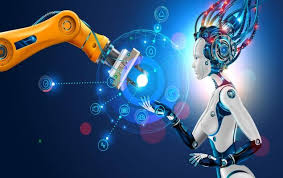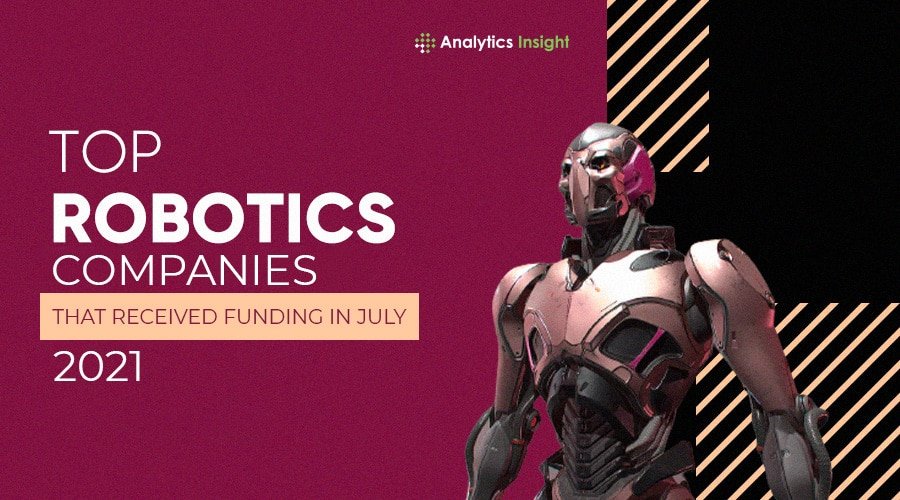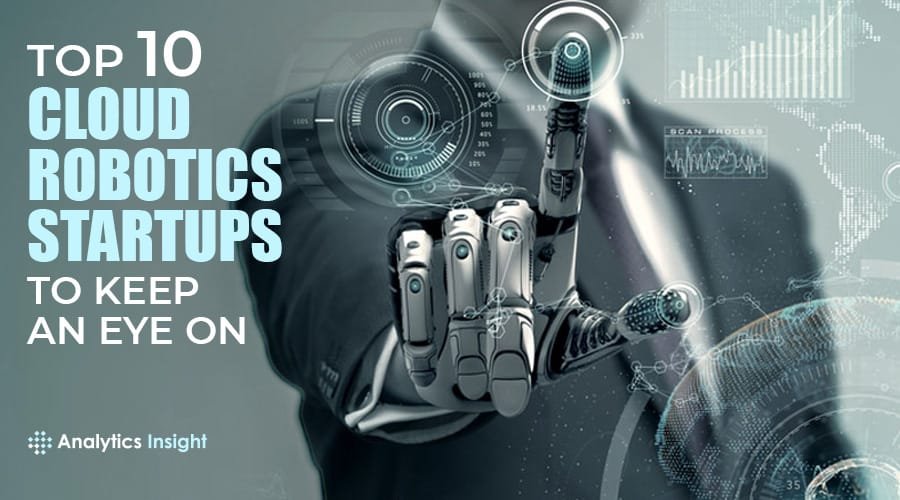Source: finance.yahoo.com
The outbreak of novel coronavirus has accelerated the deployment of robots and artificial intelligence (“AI”). Although robotics was already on a growth trajectory even before the deadly contagion struck, the post pandemic times only intensified the need for a roboticized economy wherein most of the manned labour is automated.
Earlier, people were less willing to engage with AI-infused technologies. However, the life-threatening coronavirus seems to change this blinkered vision of the society for good. Social-distancing norms are necessitating the growing usage of artificial yet intelligent autonomous machines in nearly all industries. Robotics revolution is swiftly gaining momentum and in the months to come, it might become the new normal.
Robotics Revolution
AI is already an integral element of our daily lives from online shopping to digital assistance from Sire and Alexi to diagnosis of life-endangering diseases. While tech giants like Facebook, Apple, Microsoft MSFT, Google and Amazon AMZN take pride in making big AI investments for a while now in harnessing the potential boom of the said space, the current chaotic environment further fuelled the urgency of a robotics takeover.
COVID-19 created a new landscape for the AI uptake of AI to drive the incorporation of robotics in almost every field. Predominantly applied to the automotive industry, robots are now being used in consumer-facing roles. With the adoption of new technologies gaining immense popularity to minimize the human touch, the unprecedented pandemic crisis seems a catalyst for robotic insurgence in almost all walks of life.
Robots: Frontline Warriors in Pandemic Times?
Robots are assisting in surprising ways during COVID times. Playing a crucial role in combating the virus, they may grow indispensable for their services once the health emergency subsides. They are inducted in nearly every domain to efficiently tackle the catastrophe, ranging from security to logistics, medical care to public works among other services.
Let’s explore the deployment of service robots to areas like healthcare and delivery.
Healthcare: Per a recent ReportsnReports industry data, the global medical robotics market is expected to be valued at more than $16 billion by 2025. Robots are seeing fast-paced acceptance in the healthcare industry worldwide as they have the advantage of minimal human interaction at all levels, right from examination of patients to healthcare to delivery of drugs. Their technology can be leveraged in testing and production of medicines, vaccines and medical equipment. Robots are serving as a great support system during the current global stress.
They are being used as an interface between patients and frontline workers to carry out diagnostic and treatment processes without the fear of virus transmission. Specialised robots are being used to fumigate rooms, deliver meals, prescriptions and reduce the work overload associated with the rising incidence of coronavirus cases. Disinfection robot UVD is witnessing a surge in demand since the outbreak of COVID-19. Testing samples are delivered to laboratories with the help of delivery robots. Robotization of healthcare is here to stay with their potential to even carry out coronavirus tests in the near future.
Zimmer Biomet Holdings, Inc. ZBH, Medtronic MDT and Stryker Corporation SYK are some of the companies that are tapping the robotics and AI boom in the sphere of healthcare. While Zimmer and Medtronic are known for manufacturing orthopedic surgical robots and robotic-assisted surgery platform, respectively, Stryker Corporation, which currently carries a Zacks Rank #3 (Hold), is a medical technology company dealing with surgical robots.
You can see the complete list of today’s Zacks #1 Rank (Strong Buy) stocks here.
Even though these innovationss in healthcare continue to see fast paced adoption, a major concern about its value for money persists. AI in healthcare is very expensive. Also, the use of robots will alter traditional doctor-patient relationship beyond imagination. Thus, patients’ apprehension about this change poses another challenge to robotics in healthcare.
Deliveries: Demand for food delivery soared as well, courtesy of the COVID-19 quarantine. Restaurants unable to open their doors are resorting to home delivery to survive the economic turmoil. However, many delivery workers do not feel safe in conducting logistic operations due to lack of protective gear. Restaurant owners are reluctant to pay high commissions to app-based services like Uber’s UBER Uber Eats, DoorDash, etc. Thus, coronavirus is reshaping the future of last-mile logistics with delivery robots.
The fame and adoption of autonomous delivery robots have exponentially grown during this pandemic hour as they provide contactless delivery, complying with the social-distancing norms. Per Mordorintelligence, the global autonomous delivery robot market is expected to see a CAGR of 49.1% during the 2020-2025 forecast period.
Even though these machines were being used to a certain extent in pre-COVID-19 times, delivery robotics are now gaining a huge traction from restaurants, grocery stores and other delivery service companies for widespread delivery. Companies like Postmates have been employing ground delivery robots to transport food and grocery in several cities.
Quarantine and social-distancing orders also provided a great opportunity to adopt aerial robots, i.e. drones, to handle deliveries. Drone deliveries are already gaining momentum in many parts of the world. Before the pandemic wreaked havoc on the earth, people were sceptical about drone deliveries. But now these automated devices are considered life-saving applications because of people’s preference for tact-free options. Apart from deliveries, drone applications range from patrolling the streets to spraying disinfectants, broadcasting security mandates and executing military operations to mention a few.
While demand for delivery robots already skyrocketed, Starship Technologies and other companies making such machines are being criticized as their side-walk bound robots compete with pedestrians for space. Some of these robots charge delivery commissions equal to what was paid for human-powered delivery apps. Also, technology of delivery robots is still in a nascent stage to be deployed at large scale without human monitoring. Nuro, an American robotics company, which teamed up with Domino’s Pizza, Inc. DPZ for unmanned pizza delivery, shifted its focus from home deliveries to operating a few robots at temporary field hospitals amid the pandemic mess. Even Dave Ferguson, Nuro’s president and cofounder, reckons that the machines are not yet competent enough for unassisted home deliveries.
Robots: The New Normal?
The outbreak of COVID-19 is impacting and transforming the AI and robotics industry globally. Robots are taking over the work environment earlier than expected. With their deployment not just confined to industrial use but across a plethora of other areas as discussed earlier, robotic assistance is becoming more common with the speedy evolution of technology.
While smart robots are playing a pivotal role in battling the coronavirus infection, it is exacerbating the already deteriorating unemployment level. Moreover, they may have an in-built AI but are incapable of handling unanticipated situations. While they have higher efficiency and accuracy levels to save on time, once the machine malfunctions, it will cost extra time to fix the problem.
The proliferation of robotic technology in recent years crops up a couple of questions: Are service robots and AI the new normal? Are robots really a threat to humans? It is a subject that invites different opinions.
Here consumers can take a call whether to let in the service robots. Getting people acclimatized to robotic technology remains the key hurdle for the industry to cross.


